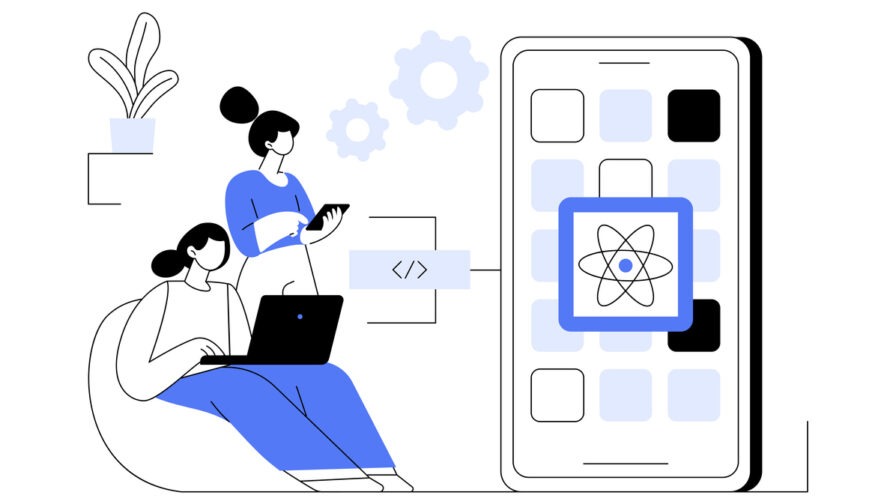
Every now and then, my inbox experiences a déjà vu: yet another email from a company with the now classic “[Company Name] works better in the app.”
And I don’t doubt it. I didn’t doubt it the first time, nor the 492 times you’ve reminded me since. I neither confirm nor deny that it works better — I just don’t care.
And that should have been clear after ignoring the tenth email.
This isn’t about rejecting technology or resisting change. It’s about user experience in apps and respecting the context of use.

📱 Notifications: the silent enemy
We live in a hyper-connected world where every app fights for a share of our attention.
The result is cognitive overload, which affects our ability to focus and disconnect.
According to international studies:
- 1 in 3 people check their phone within the first five minutes of waking up (Deloitte).
- The average user checks their phone 58 times a day, 30 of those during working hours (Vox citing RescueTime).
- Frequent notifications are linked to higher stress and lower productivity (American Psychological Association).
And this pressure doesn’t just come from work-related apps — it’s everywhere: banks, social media, loyalty programs, shopping platforms, entertainment services.
Everyone wants your attention.
⚙️ Background activity: what users don’t see
Beyond the psychological impact, there’s also a technical and energy cost.
Many apps remain active even when they’re not being used:
- Constantly syncing data.
- Running persistent services to send notifications.
- Regularly connecting to servers in the background.
This results in faster battery drain, unnecessary data usage, and sometimes slower device performance.
All of this, in the name of something that supposedly “works better in the app.”
🧭 App abandonment: when the experience isn’t worth it
The most visible outcome of this strategy is massive app churn.
- 49% of mobile apps are uninstalled within the first 24 hours.
- More than 60% disappear from devices within 30 days.
The most common reasons:
- Too many notifications.
- Forced or invasive onboarding.
- Low perceived value compared to the cost of keeping it installed.
When users feel the app doesn’t respect their time or preferences, they act accordingly — they delete it.
🧩 User experience in apps should serve people, not internal KPIs
Promoting app downloads without offering a clear, differentiated, and relevant experience is a short-sighted strategy.
From a UX perspective, we need to ask the right questions:
- What real value does the app offer compared to the web version?
- Is it solving a user problem or just improving an internal metric?
- How can we deliver value without intruding on the user’s personal space?
Human-centered design goes beyond the interface.
It also includes the channel, the timing, and the frequency with which we communicate.
Designing a great user experience in apps means thinking beyond the product and putting the person at the center of every decision.
💬 Final thoughts
Maybe it’s true — “it works better in the app.”
But if the user didn’t ask for it, doesn’t need it, or can’t tell the difference, they won’t care.
Insisting without listening only leads to rejection.
A solid product strategy doesn’t push — it invites.
And if your app is truly great, the experience will speak for itself.

